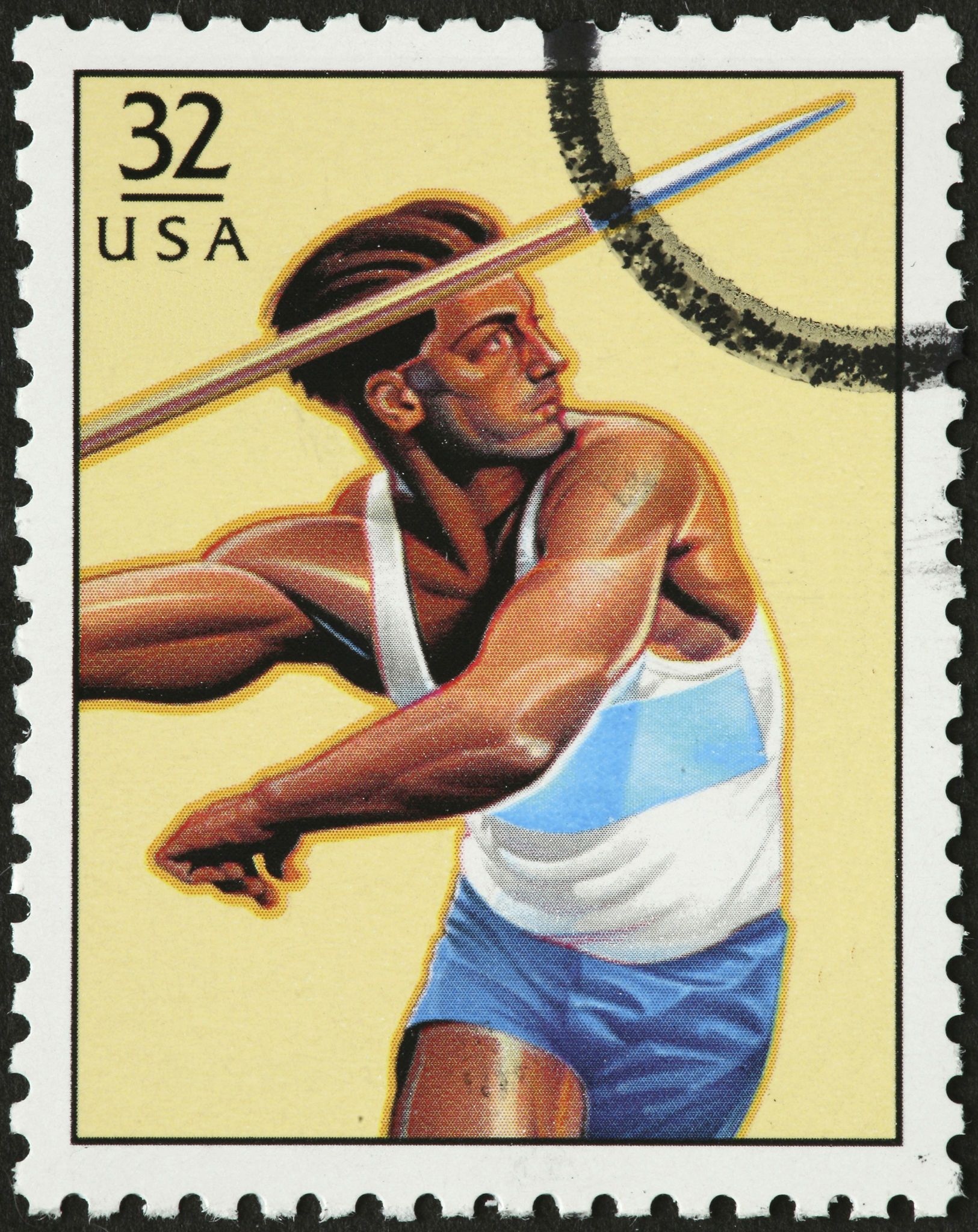How to Spot a Rare Sports Card: Tips from the Experts
Understanding the Basics of Sports Card Rarity
Sports cards have long been a favorite collectible for enthusiasts and investors alike. However, distinguishing a rare card from a common one can be quite challenging. Understanding the basics of rarity is the first step. A card's rarity can depend on factors such as print run, player popularity, and historical significance. Additionally, limited-edition releases and special series can also play a significant role.
When assessing rarity, consider the print run. Cards produced in limited quantities are inherently more rare. For instance, cards from the 1950s and 1960s often have lower print runs compared to modern cards, making them rarer and more valuable.

Identifying Key Features of Rare Cards
Experts suggest paying attention to specific features that can indicate rarity. These features include unique serial numbers, holographic designs, or autographs. Cards that feature a piece of a player's game-worn jersey or equipment are often considered rare as well. Such features not only add to the card's uniqueness but also increase its desirability among collectors.
Another key feature is the condition of the card. A card in mint condition is significantly more valuable than one with creases or discoloration. Grading services can help determine a card's condition and authenticate its rarity. A high-grade rare card can fetch impressive prices at auctions.

Researching Player Popularity and Historical Significance
The player featured on the card can greatly influence its rarity and value. Cards of legendary players like Babe Ruth, Michael Jordan, or Wayne Gretzky are often highly sought after. Additionally, cards marking significant historical events or milestones in a player's career can be deemed rare. For example, rookie cards or those commemorating record-breaking achievements tend to hold more value.
Utilizing Online Resources and Expert Opinions
The internet is a treasure trove of information for sports card enthusiasts. Online marketplaces, forums, and collector communities offer insights into the rarity and value of specific cards. Websites like eBay and Beckett provide current market values and trends, helping collectors make informed decisions.

Consulting with experts or joining collector groups can further enhance your understanding of rare sports cards. Networking with seasoned collectors provides opportunities to learn from their experiences and gain access to insider information.
Attending Card Shows and Auctions
Attending sports card shows and auctions is an excellent way to discover rare finds and connect with other enthusiasts. These events often showcase rare cards that may not be available online. They also offer a chance to see cards up close and evaluate their condition firsthand.
Moreover, auctions can be a thrilling way to acquire rare cards, but it’s important to set a budget and stick to it. Research the value of cards you're interested in beforehand to ensure you're making a wise investment.

Building Your Collection Wisely
As you build your collection, focus on quality over quantity. Investing in a few high-quality, rare cards is often more rewarding than acquiring numerous common ones. Keep an organized inventory of your collection to track its growth and value over time.
In conclusion, spotting a rare sports card requires knowledge, experience, and sometimes a bit of luck. By educating yourself on the factors that contribute to rarity, utilizing resources, and networking with experts, you can become adept at identifying these coveted collectibles.
